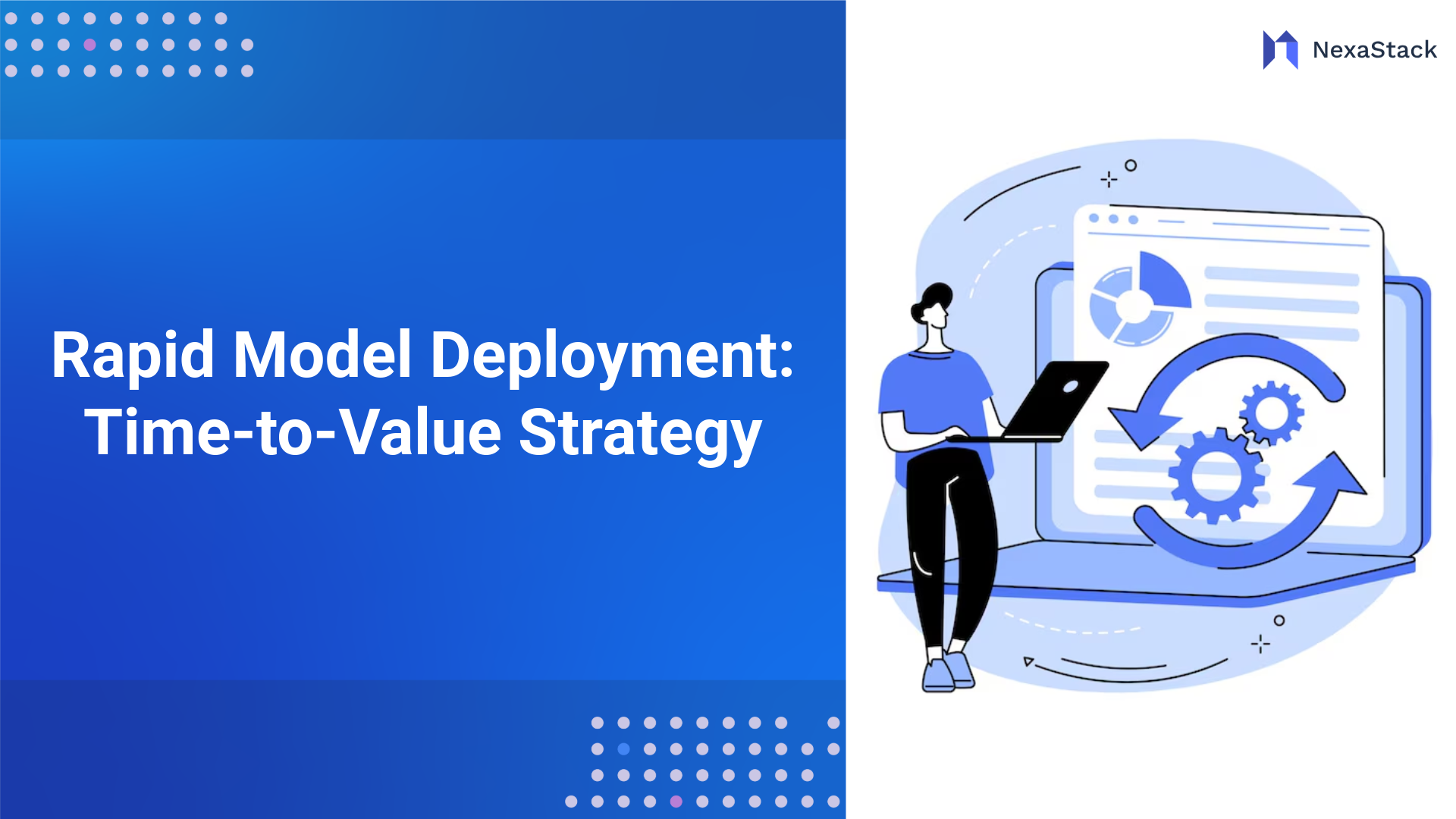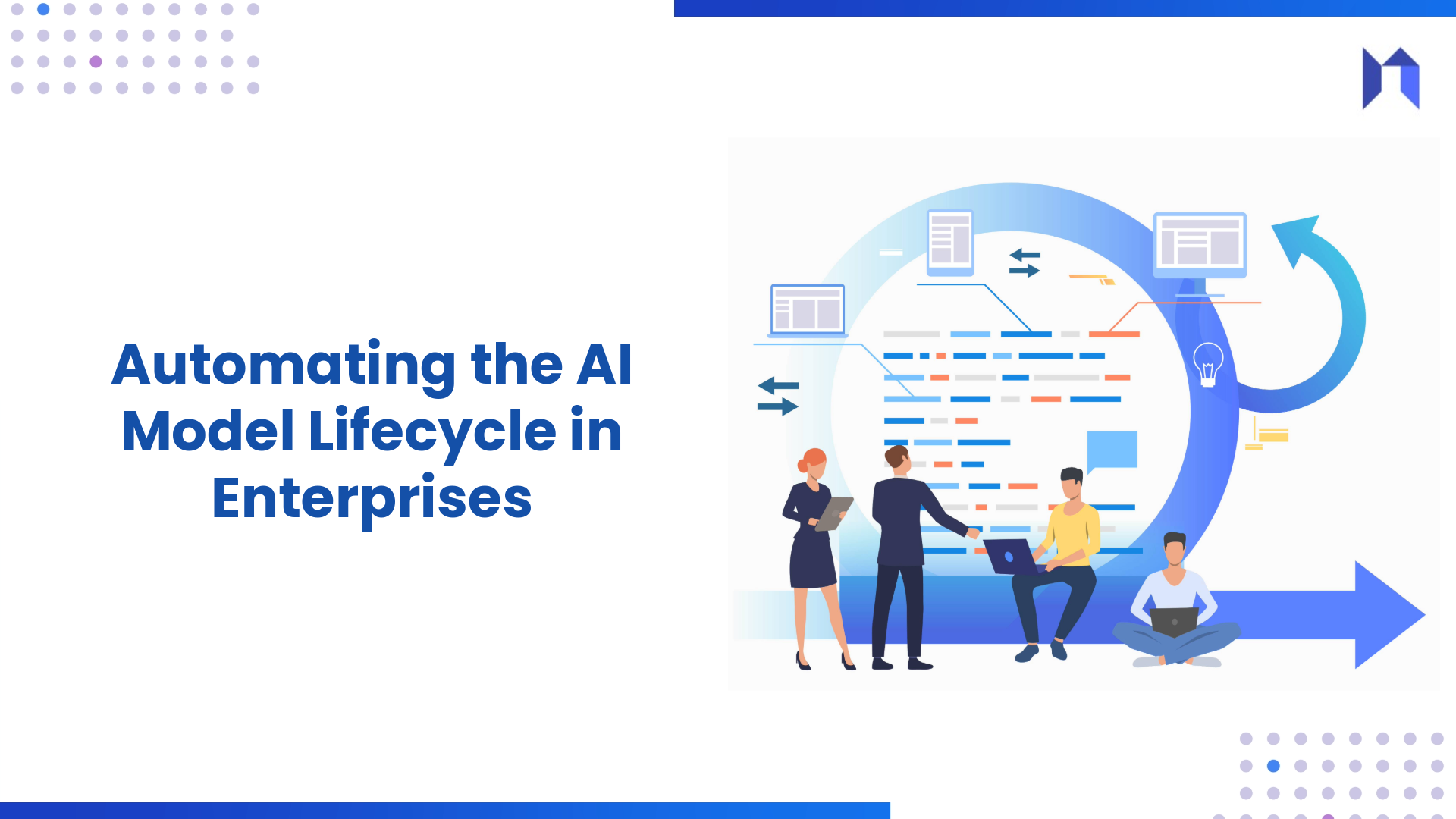Hardware & Software Prerequisites
Okay, now that we’ve dealt with the model selection, it’s time to discuss the hardware and software you'll need to run DeepSeek smoothly. While DeepSeek is adaptable and will work on many different setups, having the proper infrastructure makes everything run faster and more efficiently.
Hardware Requirements
-
CPU: You don’t need the most expensive CPU on the market, but you do want something with a bit of muscle. A multi-core processor will serve you well. I recommend at least 8 cores to keep everything running smoothly.
-
GPU: If you plan on diving deep into machine learning (especially deep learning), a GPU is your best friend. It’s much faster than a CPU at handling those complex calculations. Look for a CUDA(Compute Unified Device Architecture) -compatible GPU for the best performance. NVIDIA’s GPUs are a great choice here.
-
RAM: Let’s be real—working with AI models can eat up a lot of memory. For most setups, you’ll want at least 32GB of RAM. But if you plan on scaling up your environment or working with large datasets, 64GB is a good target.
-
Storage: When it comes to storage, go for an SSD. Trust me, you won’t regret it. SSDs are much faster than HDDs and will make loading your models and data a lot quicker.
Software Requirements
-
Operating System: I recommend using Linux, specifically Ubuntu 20.04. It's stable, fast, and has excellent support for machine learning tools. Plus, DeepSeek’s documentation is optimized for Ubuntu, so it’ll save you some hassle down the line.
-
Deep Learning Frameworks: You’ll need either TensorFlow or PyTorch for DeepSeek. Both are industry standards and integrate well with DeepSeek, so take your pick depending on your preference.
-
Python: DeepSeek runs on Python, and you’ll want to make sure you have Python 3.8 or later installed. Most dependencies are written for newer versions of Python, so staying up to date will save you from compatibility issues.
-
Docker (Optional): This one’s optional but highly recommended. Docker helps you create a clean, isolated environment for DeepSeek, making it easier to manage and deploy. It’s also great for running DeepSeek on different machines or sharing your setup with others.
Installation Workflow
Now that we’ve covered the basics, let’s get down to the nitty-gritty: installing DeepSeek! The process isn’t too complicated, but there are a few key steps. Here’s a quick rundown:
Step 1: Install Dependencies
Before you get started with DeepSeek, you’ll need to install some basic dependencies on your machine. These are things like Python, TensorFlow, and PyTorch. You can install them using pip:
Bash:

Step 2: Set Up Your Virtual Environment
If you like tidying things (which I recommend!), you’ll want to set up a virtual environment. This will isolate your DeepSeek setup from other Python projects on your system. Here’s how you can do that:
Bash:

This command will create and activate your virtual environment. Everything you install will stay inside this environment from here on out, so nothing will interfere with your other projects.
Step 3: Install DeepSeek
Once your environment is set up, you can go ahead and install DeepSeek. You can either download the source code from GitHub or use Docker to pull the latest DeepSeek image. Here’s how to do it with Docker:
Bash:
 Step 4: Test It Out
Step 4: Test It Out
After installation, it’s always a good idea to test your setup. Luckily, DeepSeek includes example scripts that make it easy to test the system immediately. Run one of these
scripts to ensure everything is working as expected. If everything runs smoothly, you’re ready to start using DeepSeek for your projects!
Quantization & Performance Engineering
Now that DeepSeek is up and running, let’s talk about performance. Speed and efficiency are crucial when you start running AI models, especially if you’re working with large datasets or real-time applications.
What is Quantization?
Quantization is a technique that helps speed up your model by reducing the precision of the numbers it uses. It’s like turning down the volume on a song—you’re not losing any of the important details, but everything works faster and more efficiently.
DeepSeek supports quantisation via TensorFlow Lite and PyTorch’s quantisation methods. By reducing the model size and the computations' precision, you can cut down on processing time and memory usage. But remember that there’s always a trade-off between speed and accuracy. It’s all about finding that balance that works best for you.
Optimizing Performance
Another great way to improve performance is by tweaking your hardware setup. Make sure you’re taking advantage of your GPU, and consider using distributed training if you’re working on larger datasets. Scaling horizontally by adding more machines can also speed up your training times significantly.
Enterprise Integration Points
Alright, now you’ve got DeepSeek up and running on your system. But what happens when you need to integrate it with your existing enterprise software? That’s where things can get a little tricky, but don’t worry—it’s doable!
DeepSeek can integrate with a wide variety of enterprise systems, like customer relationship management (CRM) tools, databases, and cloud services. By using APIs and setting up the right connectors, you can make DeepSeek work seamlessly with the rest of your infrastructure.
For example, you might want DeepSeek to automatically pull data from your CRM system or send results directly to a cloud storage service for further analysis. With the right integration, all this can happen in real-time, saving you time and ensuring that your data flows smoothly across different systems.
Customization & Fine-Tuning
Now, let’s get a little more advanced. DeepSeek is flexible, and that means you can customize it to meet your specific needs. Fine-tuning is one of the best ways to get the most out of your model.
Fine-Tuning Your Model
Fine-tuning is all about taking a pre-trained model and adjusting it to better suit your specific use case. You do this by training the model on your own dataset. It’s like giving the model a bit of extra training, so it’s even better at understanding the particular patterns and trends that matter to your business.
DeepSeek makes it easy to fine-tune models using your data. Just load up your dataset, choose your hyperparameters, and let the training begin. The more relevant your data is to your specific problem, the better your results will be.
Customizing the Interface
Besides tweaking the model itself, you can also customize the interface. DeepSeek offers a flexible user interface that can be adjusted to fit your work style. Whether you need to change the layout or add custom features, you can make it your own.
Operational Best Practices
Keeping things running that way is important once everything’s set up and running smoothly. Here are a few tips to make sure your DeepSeek environment stays healthy:
-
Monitor Performance: Use monitoring tools to monitor your system's performance. This will help you spot potential issues early and address them before they become big problems.
-
Log Everything: Always log important events and errors. If something goes wrong, logs can be a lifesaver in figuring out what happened and how to fix it.
-
Backup Your Data: Always have a backup plan in place. This is especially important if you're working with valuable data.
-
Retrain Periodically: AI models need to evolve as the world changes. Ensure you’re retraining your model every so often to keep it relevant.
Scaling & Advanced Configurations
As your project grows, you might need to scale your setup. Thankfully, DeepSeek is designed to grow with you.
Horizontal Scaling
One way to scale is by adding more machines to distribute the workload. This is called horizontal scaling. It allows you to handle more data, users, and complex tasks without slowing down.
Sharding
Sharding involves breaking your model into smaller pieces and distributing them across multiple machines. This can make your setup more efficient, especially when dealing with massive data.
Distributed Training
When your datasets become large, training your model can take a lot of time. Distributed training allows you to spread the training process across multiple machines, speeding things up dramatically.
Conclusion of DeepSeek Self-Hosted
And that’s a wrap! Setting up DeepSeek self-hosted is a journey, but with the right guidance, you can have everything running smoothly in no time. Whether you’re just getting started or you’re looking to scale your setup, DeepSeek has the flexibility and power to handle whatever you throw at it. From picking the right model to fine-tuning it and scaling up for larger workloads, you’re ready to create a system that fits your needs.
Remember to keep things simple first, then tweak and adjust as you go along. The more you dive into DeepSeek, the more you’ll learn about its capabilities. And don’t forget—there’s always room for customization!






